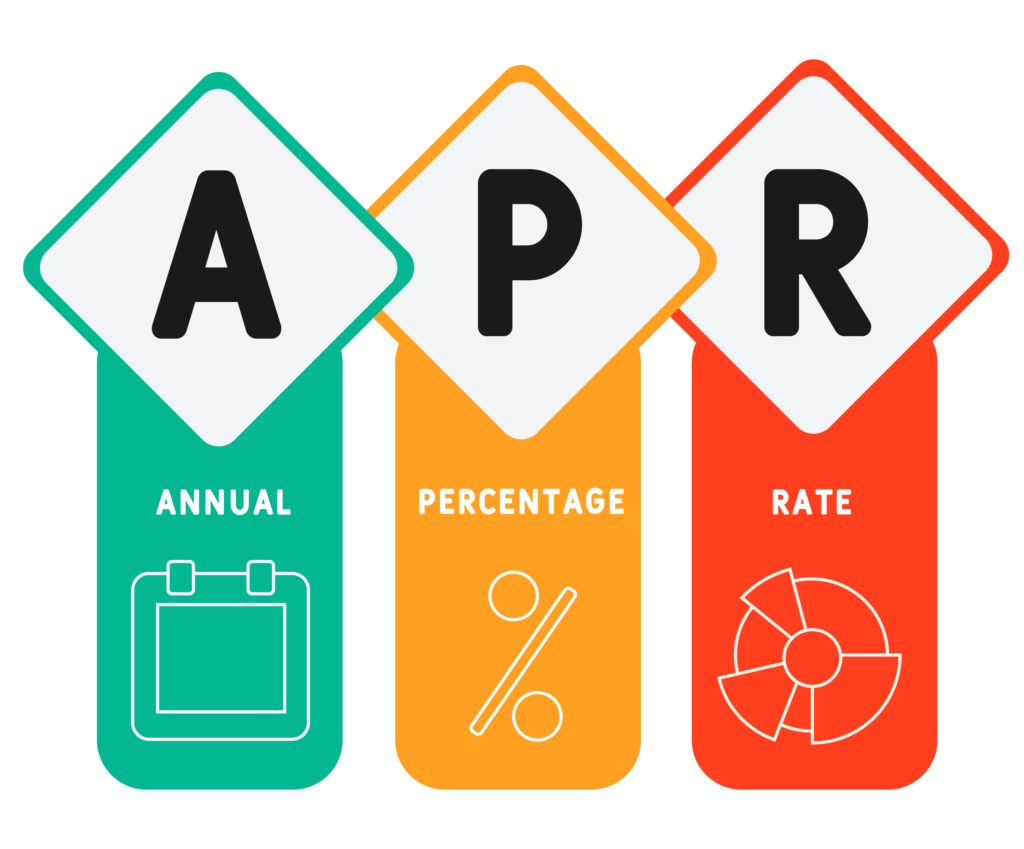Applying for a credit card can be both exciting and daunting. With countless options available, each offering various rewards, benefits, and terms, it’s easy to get overwhelmed. However, amidst all the enticing perks and promotional offers, one crucial aspect that should never be overlooked is the Annual Percentage Rate (APR). Understanding APR is fundamental to making an informed decision about which credit card is right for you. In this comprehensive guide, we’ll explore why APR is so important, how to evaluate it effectively, and other essential factors to consider when choosing a credit card.
What is APR?
The Annual Percentage Rate (APR) represents the total annual cost of borrowing on a credit card. It includes the interest rate as well as any additional fees that may apply. APR provides a more complete picture of what you’ll pay if you carry a balance from month to month. Unlike a simple interest rate, which only reflects the cost of borrowing, APR takes into account the total yearly cost, making it easier to compare different credit-card offers.

Why Understanding APR is Crucial
- Financial Impact: The APR directly affects how much interest you’ll accrue on your balance. If you tend to carry a balance from month to month, a higher APR can result in significantly higher interest charges. Understanding this can help you avoid accumulating excessive debt and ensure you’re aware of the potential costs associated with the credit card.
- Comparative Analysis: When comparing credit cards, APR is a key factor to consider. It allows you to gauge which card offers the most cost-effective borrowing option. A card with a lower APR will generally be less expensive if you carry a balance, making it a more economical choice over time.
- Variable vs. Fixed APR: Credit cards may come with either a variable or fixed APR. A variable APR can change based on market conditions, potentially increasing your interest rate over time. A fixed APR remains constant, offering more predictability. Knowing the type of APR associated with a card helps you understand the long-term implications of your choice.
How to Evaluate APR Effectively
- Read the Fine Print: Before applying for a credit-card, carefully review the card’s terms and conditions. The APR information is usually detailed in the card’s disclosure statement or summary of credit terms. Make sure to read through this information to understand the APR and any associated fees.
- Consider Promotional Rates: Many credit cards offer introductory APR rates as part of their promotional offers. These rates are typically lower than the standard APR and are available for a limited period. Be aware of what the APR will revert to once the promotional period ends to avoid surprises.
- Understand Penalty Rates: In addition to the standard APR, check if the card has penalty APRs that may apply if you miss a payment. Penalty APRs are often significantly higher than the standard rate and can increase your costs substantially if you’re late with a payment.
- Use Online Comparison Tools: Financial websites and credit card comparison tools can help you view and compare APRs for various credit cards. These tools can provide a quick overview of different cards and help you identify which ones offer the best APR rates.
- Assess Your Spending Habits: Reflect on your spending habits and financial situation. If you typically carry a balance, prioritizing a lower APR is essential. However, if you pay off your balance in full each month, the APR may be less critical, but it’s still worth considering in case of unexpected expenses.
Additional Factors to Consider When Choosing a Credit Card
- Fees and Charges: Besides APR, consider other fees associated with the credit card, such as annual fees, late payment fees, balance transfer fees, and foreign transaction fees. These additional charges can impact the overall cost of using the card.
- Rewards and Benefits: Evaluate the rewards programs and benefits offered by the credit card. Some cards provide cash back, travel rewards, or points for every purchase. Determine which rewards align with your spending habits and financial goals.
- Credit Limit: Check the credit limit offered by the card. A higher credit limit can provide more flexibility, but it’s important to use credit responsibly to avoid accumulating debt.
- Customer Service and Support: Look into the customer service and support provided by the credit card issuer. Good customer service can be invaluable if you encounter issues or need assistance with your account.
- Additional Features: Consider any additional features or perks offered by the card, such as purchase protection, extended warranties, travel insurance, or access to exclusive events. These features can add value and enhance your overall credit card experience.

Conclusion
Choosing the right credit card involves more than just selecting one with attractive rewards or benefits. Understanding the Annual Percentage Rate (APR) and its impact on your finances is crucial for making a smart and informed decision. By evaluating APR effectively and considering other important factors such as fees, rewards, and customer service, you can select a credit card that aligns with your financial goals and helps you manage your credit responsibly. Remember, the right credit card can be a powerful tool in achieving your financial objectives, so take the time to research and choose wisely.
Explore Some Great Credit Card Options:
- Cashback SBI Credit Card – Ideal for earning cash back on your purchases.
- HDFC Bank Credit Card – Offers a range of rewards and benefits.
- Bajaj Finserv EMI Card – Great for easy EMI options on purchases.
You might also be interested in – Understanding Debentures: What They Are and Why Some Cannot Issue Them